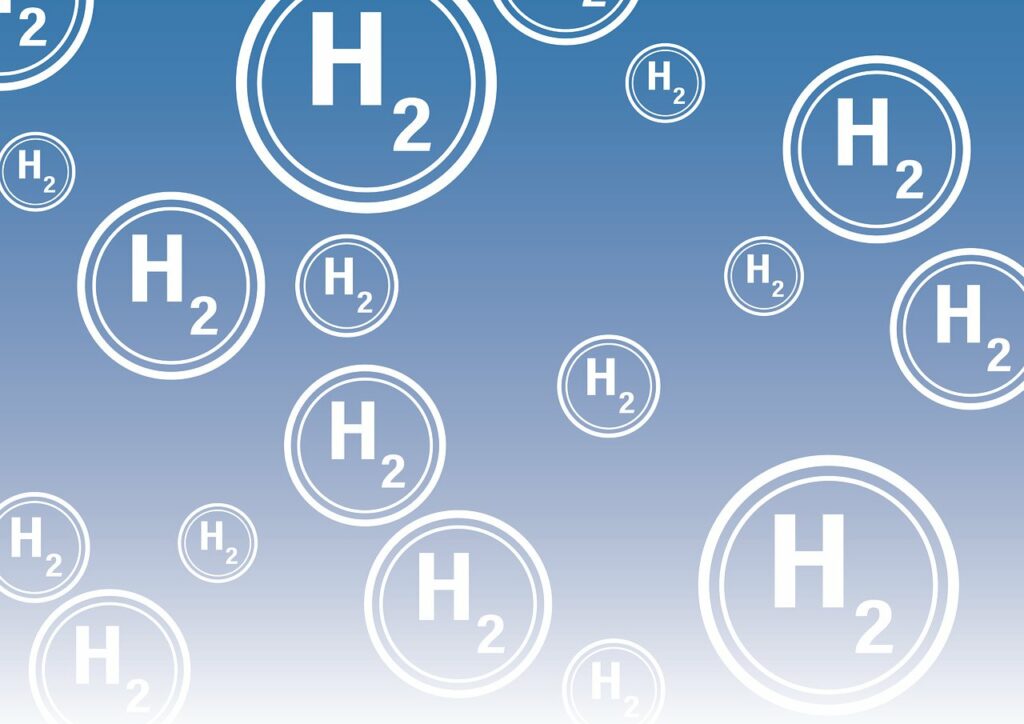A recent publication in the International Journal of Hydrogen Energy shines new light on developing efficient electrocatalysts for overall water splitting, a critical process for hydrogen production. The study, led by Jiachen Zou and the team, explores the hierarchical nanoarchitecture of Ni2P/NiFe2O4 @N-GTs and its potential in the hydrogen industry.
Key Findings
The study details multiple strategies to regulate the d-band center of Ni2P/NiFe2O4 @N-GTs, a novel nanoarchitecture designed to enhance catalytic performance. The d-band center theory relates to the electronic structure of materials, influencing their catalytic properties. By engineering the Ni2P/NiFe2O4 hierarchical structure on nitrogen-doped graphene tubes (N-GTs), the researchers developed an electrocatalyst exhibiting superior activity and stability for water splitting.
Technical Details and Methodology
The paper describes the synthesis process of the Ni2P/NiFe2O4 @N-GTs composite, highlighting techniques such as hydrothermal synthesis and subsequent phosphorization. These processes were optimized to achieve desirable electronic properties that enhance catalytic activity. Characterization techniques like Transmission Electron Microscopy (TEM), X-ray Diffraction (XRD), and Electrochemical Impedance Spectroscopy (EIS) were utilized to analyze the material’s structure and performance.
Potential Applications
The enhanced electrocatalysts could significantly impact water-splitting technologies’ efficiency and economic viability. Potential applications include their integration into hydrogen production systems for industrial processes, fuel cells, and renewable energy storage solutions. By reducing the energy cost associated with hydrogen generation, these advancements can contribute to the broader adoption and scalability of hydrogen as a clean energy source.
Market Relevance
The hydrogen market is rapidly growing, driven by increasing demand for clean energy solutions. Innovations in electrocatalyst design, like those presented in this study, are essential to lowering production costs and improving hydrogen’s market competitiveness. The findings could attract interest from industry players looking to develop advanced water electrolyzers or improve existing hydrogen production facilities.
Broader Implications for the Hydrogen Industry
The broader implications of this research lie in its potential to revolutionize the efficiency of hydrogen production technologies. By providing a pathway to more efficient electrocatalysts, the study supports the hydrogen economy’s goal of reducing dependency on fossil fuels. Furthermore, it aligns with global sustainability efforts to reduce carbon emissions and combat climate change.
Key Takeaways
– The study introduces a novel electrocatalyst, Ni2P/NiFe2O4 @N-GTs, demonstrating improved efficiency for water splitting.
– Multiple strategies to regulate the d-band center significantly enhance the material’s catalytic properties.
– Potential applications include more efficient hydrogen production systems, which would contribute to the scalability of hydrogen as a clean energy source.
– The research impacts the hydrogen market by lowering production costs and improving the technology’s competitiveness.
– Broader implications include supporting global sustainability goals by advancing clean energy solutions.
This breakthrough in catalyst design represents a promising step forward in the quest for efficient and sustainable hydrogen production. The hydrogen industry’s ongoing innovation continues to pave the way for a cleaner, more energy-efficient future.
